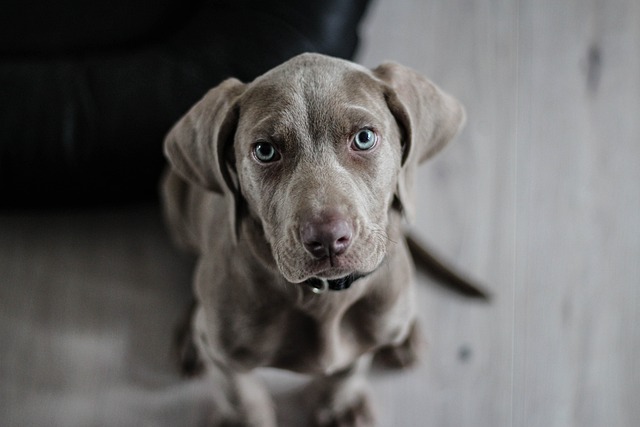
How can I tell if my dog's heatstroke is serious
Let’s be real: It’s a sticky August morning in Los Angeles, and you took your 2-year-old Golden Retriever, Max, for a walk a little later than usual
Watching a fluffy puppy grow means noticing all sorts of little changes—from wobbly first steps to that moment their coat starts looking a bit less like a teddy bear and more like the adult dog they’re becoming. That shift, when their soft puppy fur gives way to their grown-up coat, is a natural part of development, but it can catch new owners off guard.
Most puppies start shedding their puppy coat somewhere between 4 and 6 months old, though timing varies a lot by breed. Smaller dogs like Yorkies might take a bit longer, while double-coated breeds such as Golden Retrievers often start earlier, with their thick undercoats beginning to thin out as the weather warms. You’ll probably notice tufts of fur on your couch or extra clumps in the brush before you see a full transformation.
For single-coated breeds, the process is usually gentler—more of a gradual thinning than a dramatic shed. Breeds like Poodles or Shih Tzus might keep some puppy fuzz longer, especially if they’re groomed regularly. Double-coated dogs, however, can go through a “blow coat” phase, where large amounts of underfur come loose over a few weeks. This is their way of adapting to seasonal changes, even if they live mostly indoors.
 During this time, regular brushing isn’t just about keeping your home clean—it helps your puppy’s skin stay healthy. A soft bristle brush or rubber curry comb works well for most puppies, removing loose fur and distributing natural oils. Just be gentle; their skin is more sensitive than an adult dog’s. If you notice bald spots or excessive scratching, it’s worth a trip to the vet to rule out allergies or parasites.
During this time, regular brushing isn’t just about keeping your home clean—it helps your puppy’s skin stay healthy. A soft bristle brush or rubber curry comb works well for most puppies, removing loose fur and distributing natural oils. Just be gentle; their skin is more sensitive than an adult dog’s. If you notice bald spots or excessive scratching, it’s worth a trip to the vet to rule out allergies or parasites.
In many European countries and U.S. states, keeping your dog well-groomed isn’t just a courtesy—it’s part of responsible pet ownership laws. Overgrown coats can lead to health issues, and some regions have regulations about preventing matting or unsanitary conditions. Grooming sessions also help you bond with your puppy, making vet checks and future grooming easier for both of you.
By the time your puppy is 12 to 18 months old, their adult coat should be fully in place. The texture might be coarser, thicker, or even a different color than their puppy fur—Labradors, for example, often lighten or darken as they mature. Embrace the process: those extra brush sessions are small reminders of how quickly they’re growing. Before you know it, that wiggly puppy will be a full-grown dog, with a coat that tells the story of their first year.

Let’s be real: It’s a sticky August morning in Los Angeles, and you took your 2-year-old Golden Retriever, Max, for a walk a little later than usual

You're enjoying a summer afternoon at the park when you notice your dog has stopped panting and appears disoriented - their gums are bright red

Let’s paint the picture: You’re in your Denver apartment, watching your 4-year-old Boston Terrier, Ruby, plop down mid-play session with her favorite toy

Many dog owners notice their pets nails seem shorter after regular walks,but how much does this daily activity actually help?The answer depends on where you walk—concrete sidewalks or asphalt streets gently file nails as a dog's paws hit the ground

Most dog owners notice their pup scooting across the carpet at some point, but few connect it to impacted anal glands. These small sacs near a dog’s rectum secrete a scent for marking territory

Most vets agree that regular dog teeth cleaning is key to avoiding painful dental issues later. For healthy adult dogs, a professional cleaning at the vet’s office every 12 to 18 months usually works well.